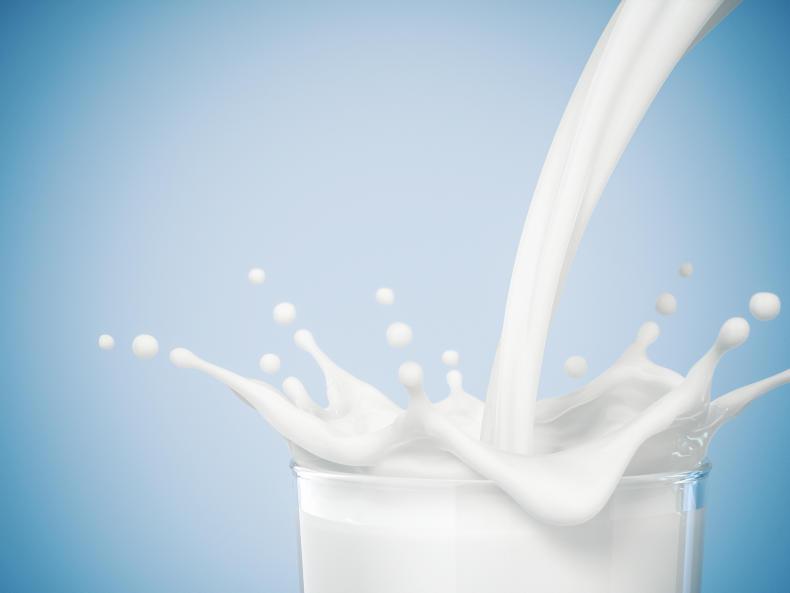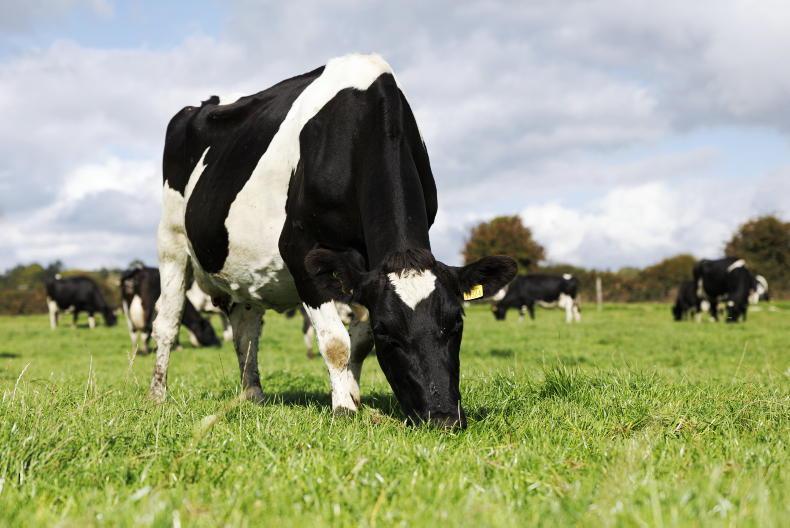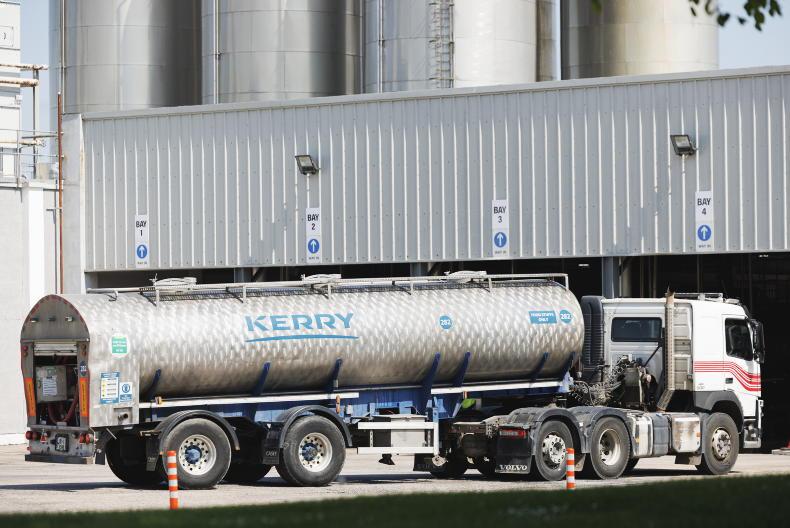New Zealand co-op Fonterra said it expected lower milk collection for the 2017/18 season, hurt by dry weather sweeping the country especially in the South Island.
Fonterra said in a statement it was reducing its milk collection forecast for the season to 1,525m kilograms of milk solids (kgMS), from a June forecast of 1,575m kgMS. Earlier this month, Fonterra reduced its forecast payout to farmers for the current season by NZ$0.35 to NZ$6.40 per kgMS (28.5c/l), highlighting the downward pressure the step-up in EU production was creating on global dairy prices.
However, with strong global demand and dry weather conditions in New Zealand likely to curb its production, the outlook was not considered dire. Just last week Fonterra said that November milk in New Zealand and Australia rose 4% and 7% respectively.
New Zealand economy
The NZ economy expanded a healthy 2.7%. However, some bank officials think the economy is slowing down and will slow further. One Westpac banker said: “The figures still show a marked slowdown in 2017 and I think the economy will continue to lose momentum into 2018 as one of our key calls for 2018 is a lower exchange rate.”
Westpac predicts the New Zealand dollar, which has weakened 4.2% against the US dollar since the September election in NZ, will continue to fall in 2018. It forecasts the NZ dollar will drop to 63 US cents by the end of the year from 70c today. This would provide a boost for economic drivers such as tourism, the country’s biggest foreign-exchange earner, and dairy, which accounts for more than a quarter of exports.
US milk supply
The USDA reports that milk production in the 23 major states during November totalled 16.2bn pounds, up 1.1% from November 2016.
October revised production, at 16.7bn pounds, was up 1.3% from October 2016. The number of milk cows on farms in the 23 major states was 8.73m head, 57,000 head more than November 2016, but unchanged from October 2017.










SHARING OPTIONS